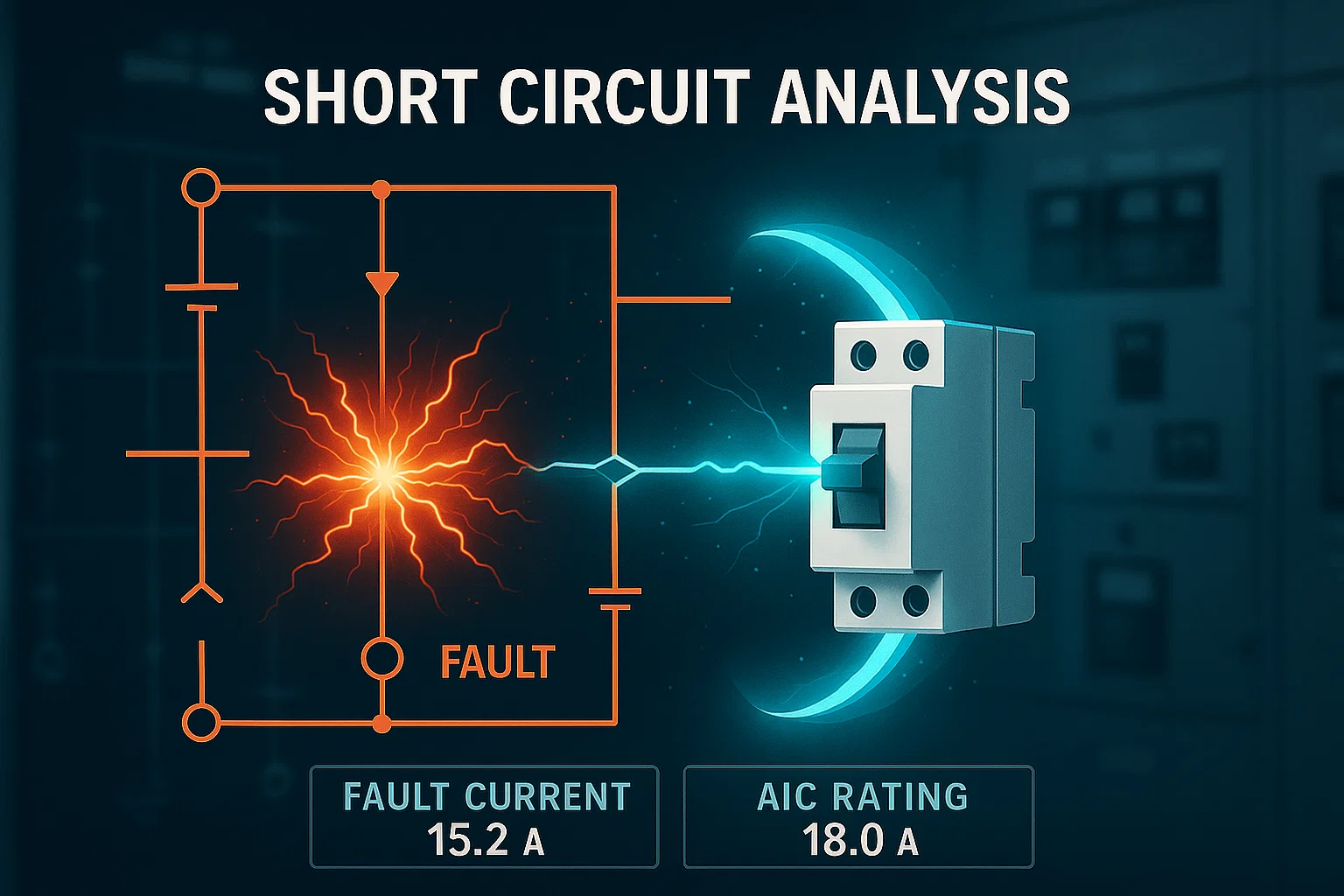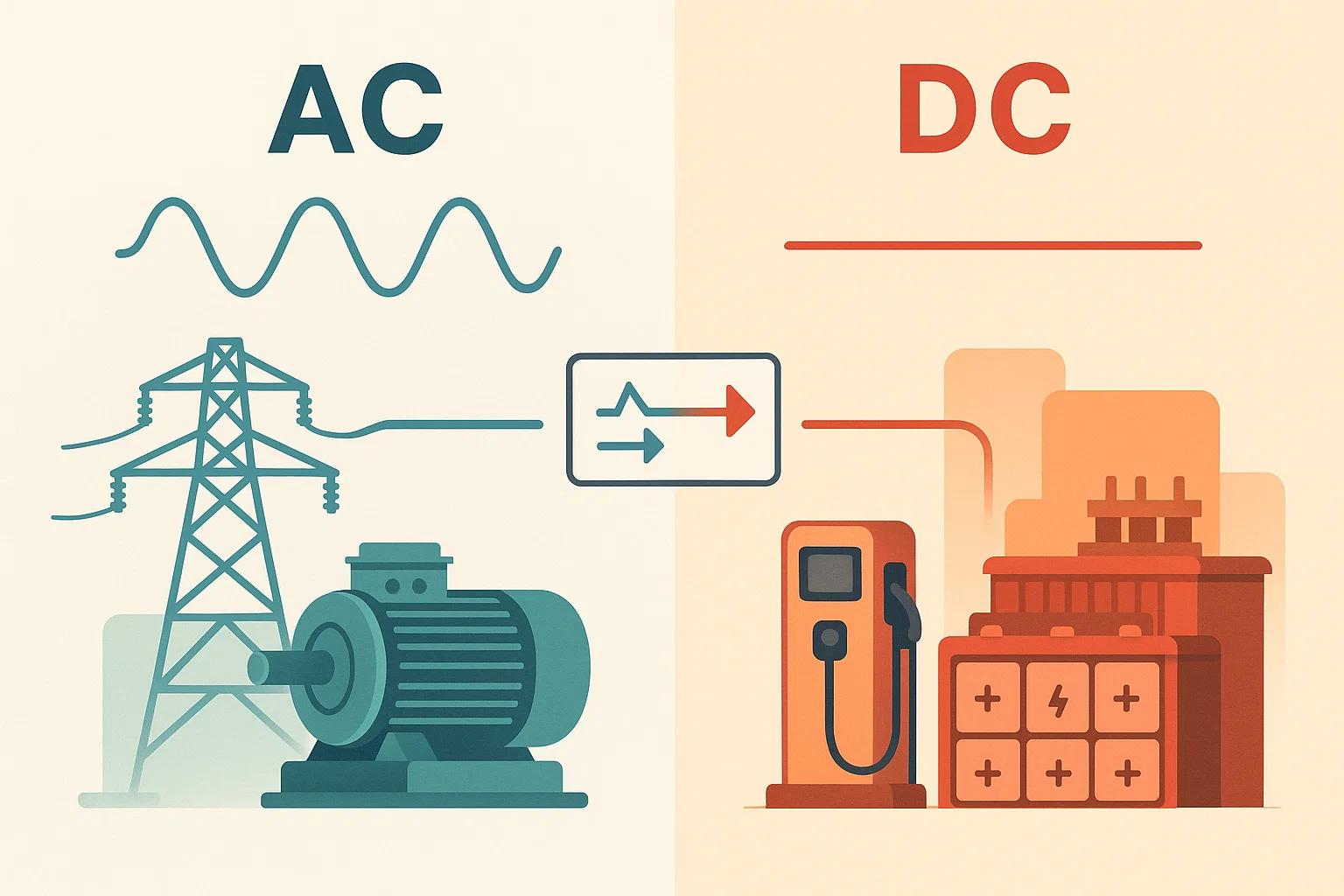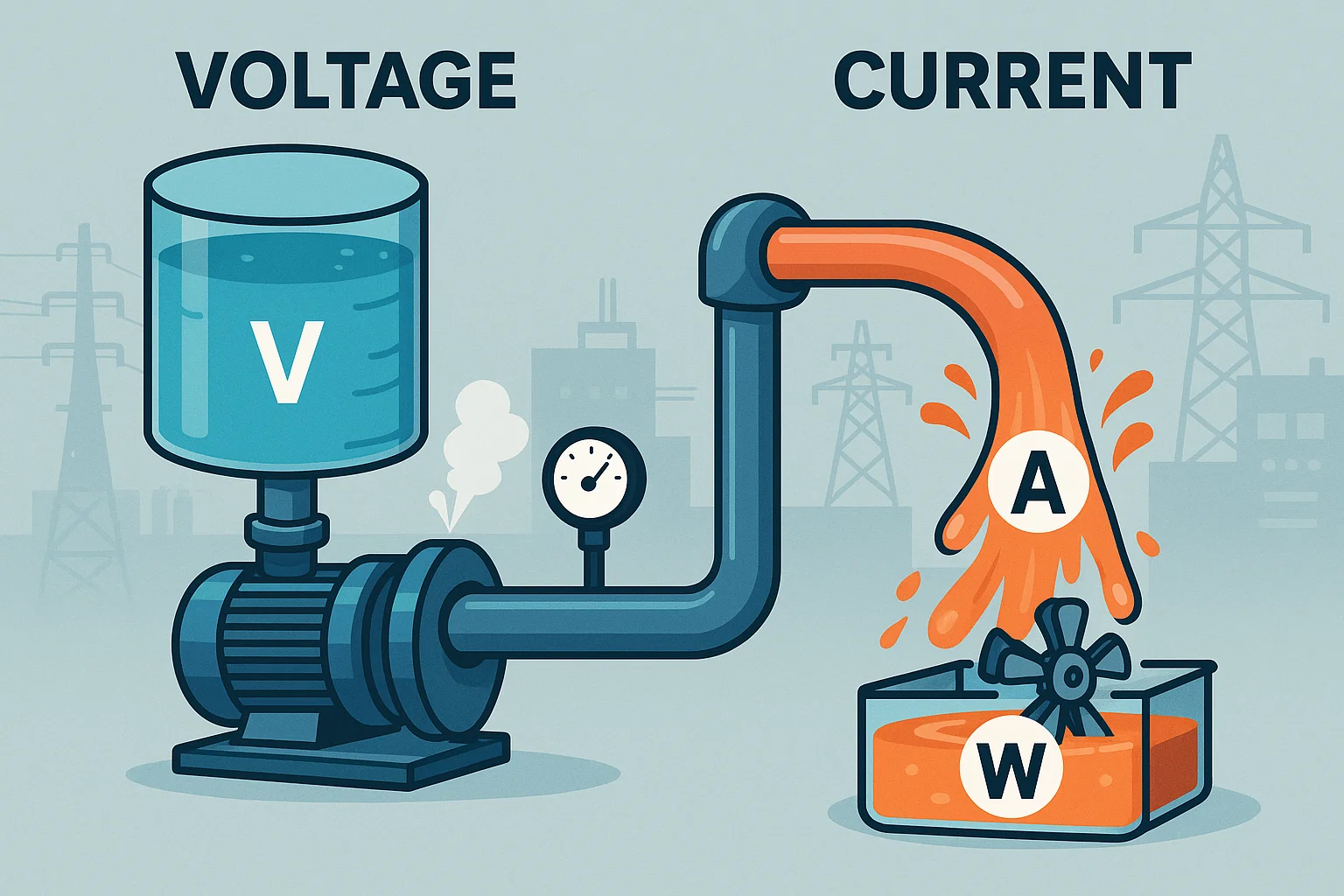Short Circuit Analysis: The Unseen Guardian of Electrical System Safety
Uncover why short circuit analysis is fundamental for preventing catastrophic equipment damage, ensuring personnel safety, and maintaining robust electrical system integrity.

In any industrial or commercial facility, an electrical short circuit represents one of the most dangerous and damaging events. It can lead to equipment destruction, fires, explosions (arc flash), and severe injury or fatality to personnel. This is precisely why short circuit analysis is not just a best practice, but a critical, non-negotiable step in electrical system design and maintenance.
Purpose: Why It's Indispensable
The primary goal of a short circuit analysis is to calculate the maximum potential fault current that could flow at various points (buses) within an electrical system. This crucial data allows engineers to:
- Ensure Equipment Withstand Ratings: Verify that circuit breakers, fuses, switchgear, and other components have adequate interrupting ratings (AIC - Amperes Interrupting Capacity) to safely clear a fault without exploding or being damaged.
- Facilitate Protective Device Coordination: Proper coordination ensures that only the protective device immediately upstream of a fault trips, isolating the problem area and minimizing downtime for the rest of the system.
- Form the Basis for Arc Flash Studies: Short circuit analysis is the foundational data for calculating arc flash incident energy levels, which are critical for determining PPE requirements and safe work boundaries.
- Aid in Equipment Specification: Helps in selecting correctly rated transformers, conductors, and other devices capable of handling fault conditions.
Key Inputs for Accurate Analysis
A comprehensive short circuit analysis relies on detailed system information:
- Utility Data: The maximum available short-circuit current from the utility at the point of common coupling.
- Transformer Data: Impedances (X/R ratios) and ratings of all transformers in the system.
- Conductor Data: Lengths, sizes, and types of all cables and busways.
- Motor Contribution: The impedance and type of all significant motors, as they can temporarily contribute current to a fault.
- System Topology: An up-to-date single-line diagram showing all electrical components and their interconnections.
Critical Outcomes and Benefits
The results of a robust short circuit analysis directly translate into enhanced safety and reliability:
- Correct Interrupting Ratings: All protective devices are correctly specified to safely interrupt maximum fault currents.
- Optimized Protective Coordination: Minimizes the impact of faults by ensuring selective tripping.
- Arc-Flash Hazard Assessment: Provides the data necessary for compliance with safety standards (e.g., NFPA 70E) and proper labeling.
- Improved Equipment Lifespan: Prevents damage from overstress during fault conditions.
💡 Stay Safe, Stay Current: Short circuit analysis is not a static document. It is imperative to recalculate and update the analysis after any significant system changes, such as adding new transformers, installing large motors, or modifying the electrical topology. This ensures that safety margins are continuously maintained and your system remains protected against evolving risks.


